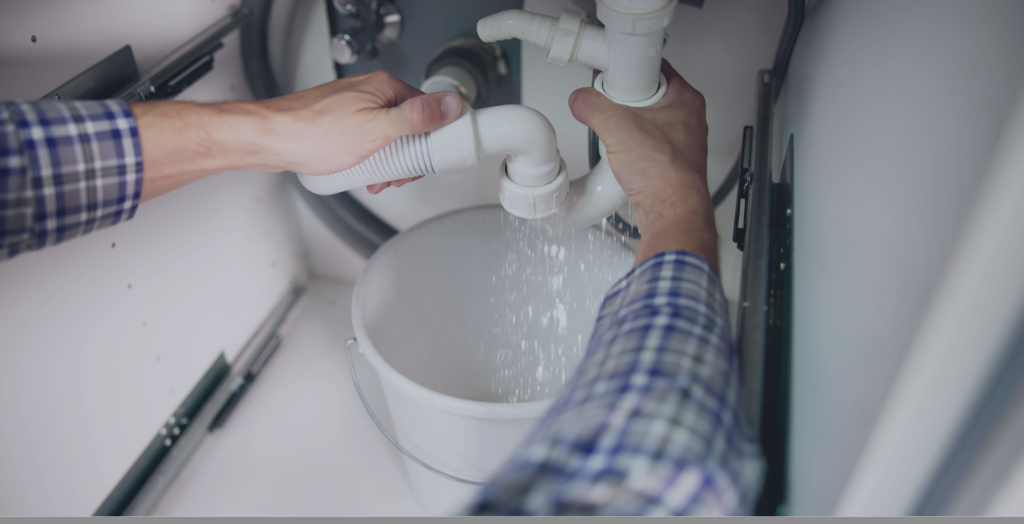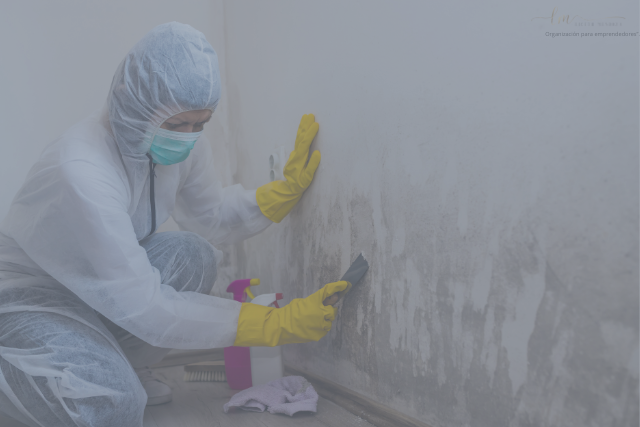Small Leak Mold Problem: How Minor Plumbing Issues Trigger Major Damage
A small leak may not seem urgent—until it becomes a small leak mold problem that spreads across units. In multi-unit buildings, even a minor plumbing issue can create the perfect conditions for mold to grow behind walls, under floors, and inside shared ductwork.
We’ve seen it happen many times: a slow drip under a sink, a barely visible water stain on the ceiling, or a leaking AC line that seems harmless at first. Property managers often delay action because there are no complaints yet. But mold doesn’t wait. It grows in silence, especially when moisture lingers in hidden areas.
What Starts Small Often Spreads Fast
In one case, a building had a minor roof leak in a hallway. It was patched… but not dried. Weeks later, two units below had visible mold on their ceilings. The moisture had traveled through the structure and activated dormant spores that had been there for years.
What could have been resolved with a basic inspection turned into a multi-unit remediation project.
According to the Environmental Protection Agency (EPA), even small leaks can lead to indoor mold growth if moisture isn’t dried and treated properly. This is especially true in humid climates like Florida, where spores can activate within 24 to 48 hours.
Why a Small Leak Mold Problem Spreads Fast in Buildings
- Water seeps into shared materials like wood, drywall, or insulation
- Moisture travels through ceilings, walls, and subfloors
- Mold spreads without immediate visual signs
- Units nearby may develop mold without showing damage
In shared structures, a “small” leak is rarely isolated. If moisture enters the structure and isn’t handled professionally, the risk of mold multiplies.
What SpotMold Does to Catch Mold Early
We specialize in proactive inspections that detect risks before mold becomes visible or widespread. If you’ve had a leak—big or small—we:
- Check surrounding units for hidden moisture
- Test air and surfaces for mold
- Use visual tools and moisture meters
- Deliver certified results and remediation plans
Learn more about our mold inspection services. One small leak doesn’t have to become your next big expense.
If your building recently had a plumbing issue, roof leak, or water damage—even if it was already repaired—it’s time to book a full inspection. We serve all of Florida.



